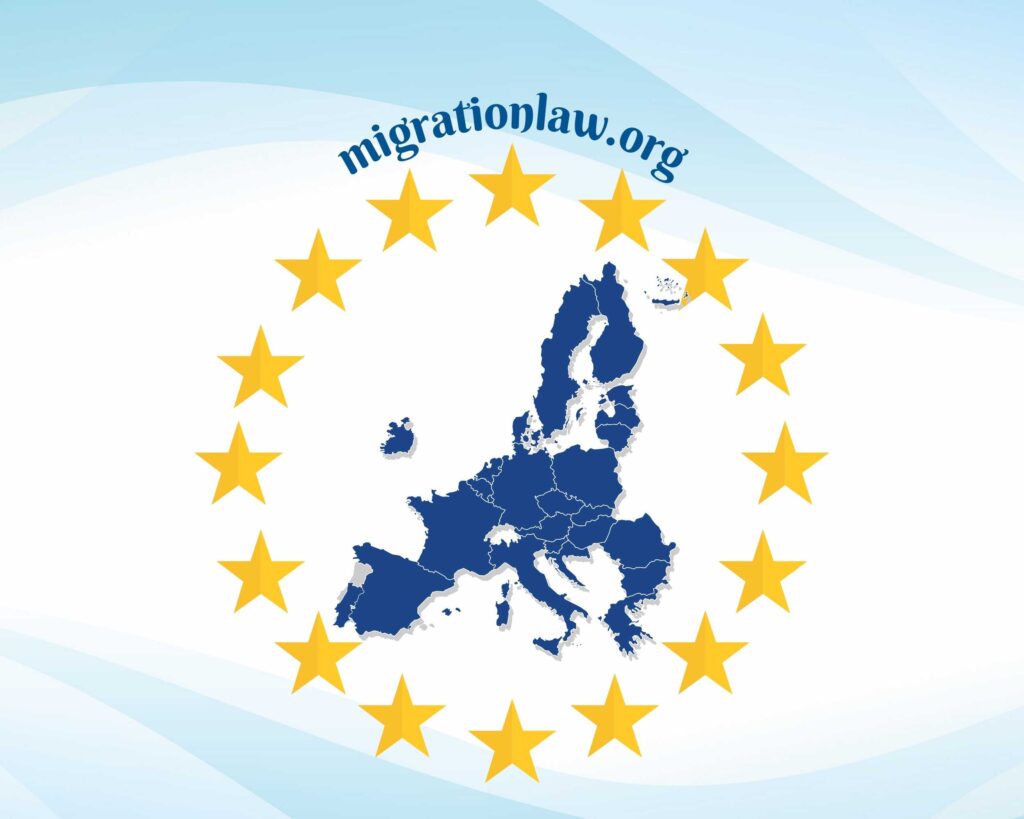The European Union (EU) plans to introduce a fee and automatic biometric scanning for non-EU travellers to secure the bloc’s borders. This initiative aims to track all non-EU travellers’ entry and exit to the bloc through the Entry and Exit System (EES). The EES will log the entry and exit of all non-EU travellers as they enter the bloc and automate kiosks carrying out biometric registration will replace physical passport stamping. Travellers will be subjected to facial photo and fingerprinting of four fingers, and this data will then be stored for three years, or five years for people who overstay. The EES is expected to be delivered by the end of 2023, and a €7 fee and pre-travel registration requirement will be introduced for 1.4 billion people who previously enjoyed visa-free access to the bloc.
The EU’s second system, the European Travel Information and Authorisation System (ETIAS), will rely on data provided by the EES and will be introduced some months after the first scheme. ETIAS will see travellers from non-EU countries who currently enjoy visa-exempt travel to the bloc forced to apply for EU travel authorisation and pay a €7 charge before arriving. The Commission states that more than 95% of ETIAS applications will be automatically approved within a few minutes of submission, and unless revoked, travel authorisations will last for three years and for multiple trips to the bloc, after which travellers will need to reapply.
The EES and ETIAS systems have faced significant criticism, with concerns over the cost and delays, surveillance, and potential delays in the processing times at borders. Many EU member states disagree with the EU’s executive, and digital rights NGOs, experts, advocates, and academics have criticised the biometric mass surveillance and other biometric surveillance practices that disproportionately curtail rights and freedoms. They have also warned against the securitisation of migration issues and the strengthening of ‘Fortress Europe’, and the risks posed by potential cyber attacks on centralised digital identity databases. Despite these criticisms, the Commission has insisted that safeguards are in place to ensure the rights of travellers regarding the protection of their private lives and personal data. Their personal data will only be retained in the EES for as long as necessary and for the purpose(s) for which it was collected.
In conclusion, the EU’s plans to introduce a fee and automatic biometric scanning for non-EU travellers through the EES and ETIAS systems aim to secure the bloc’s borders. However, these initiatives have raised concerns about surveillance, potential delays, and cost. While the Commission has insisted that safeguards are in place, criticisms of biometric mass surveillance and the securitisation of migration issues and the strengthening of ‘Fortress Europe’ remain. The implementation of these systems will require careful consideration of the rights and freedoms of travellers while ensuring border security.
Source: www.euronews.com





